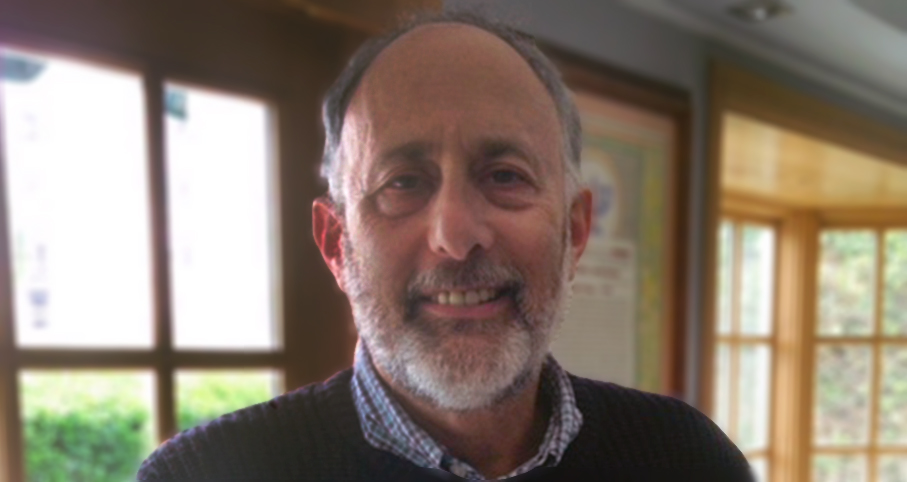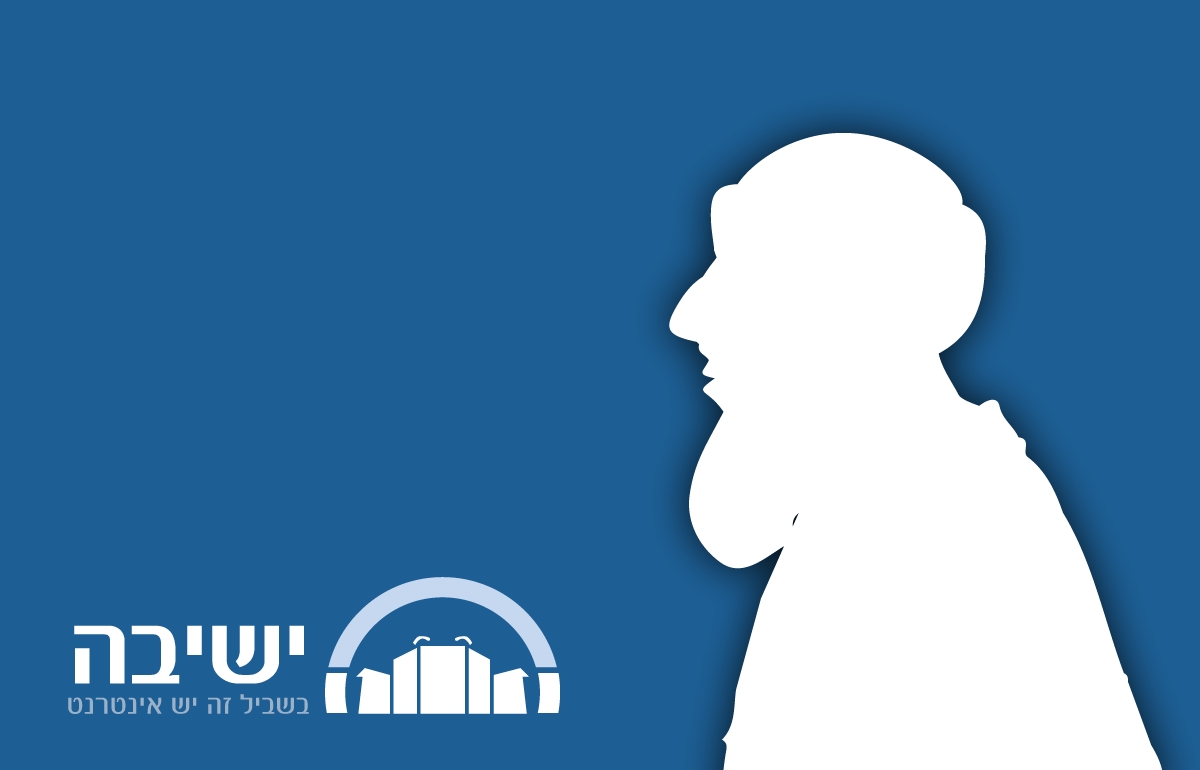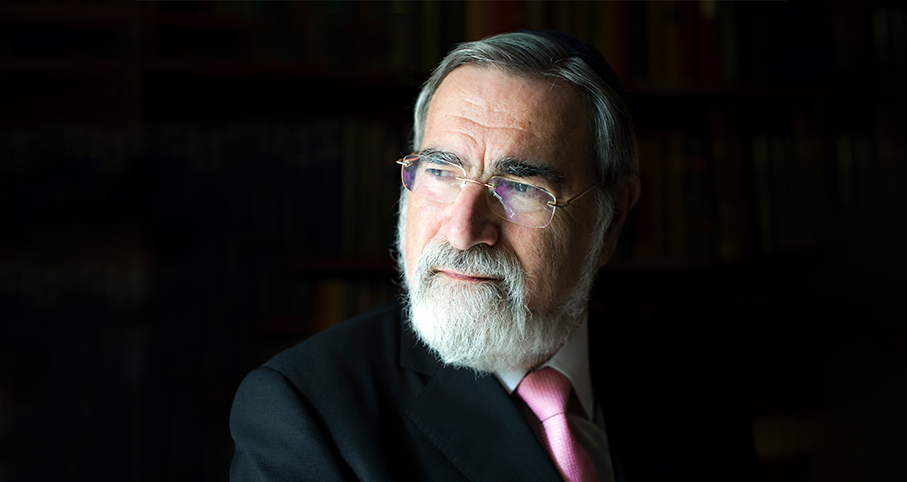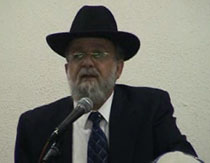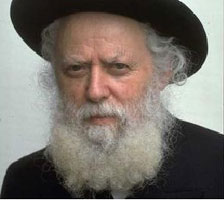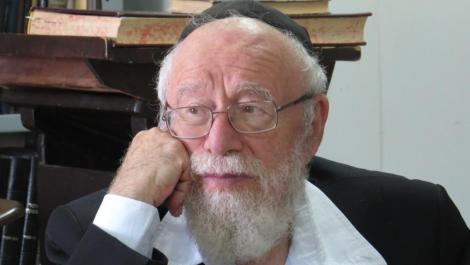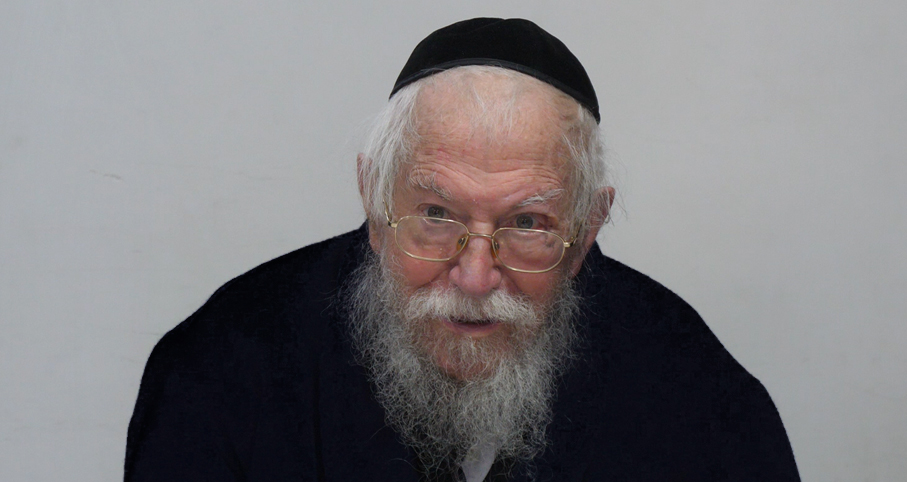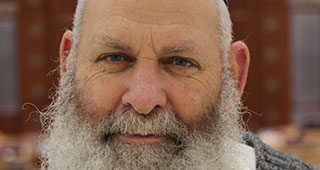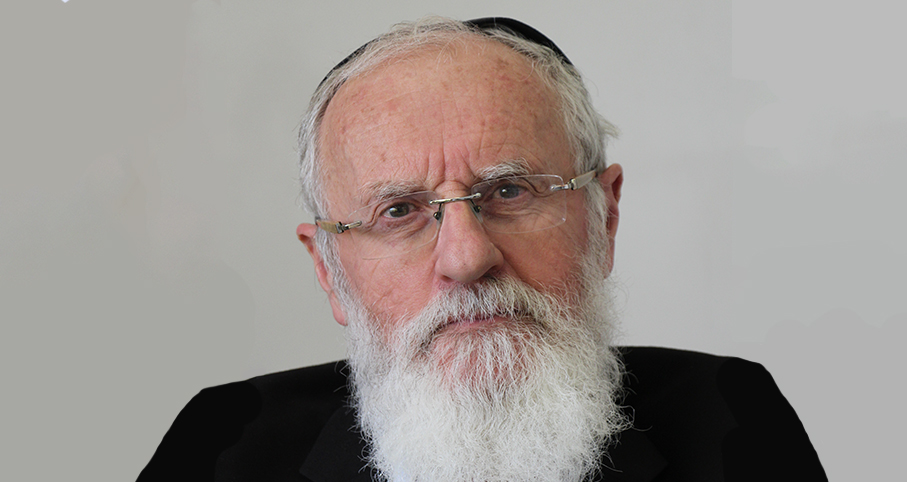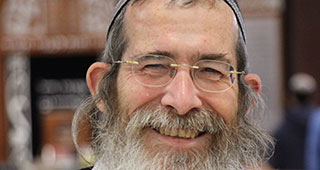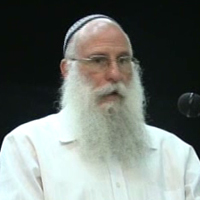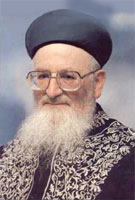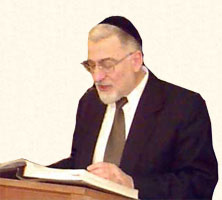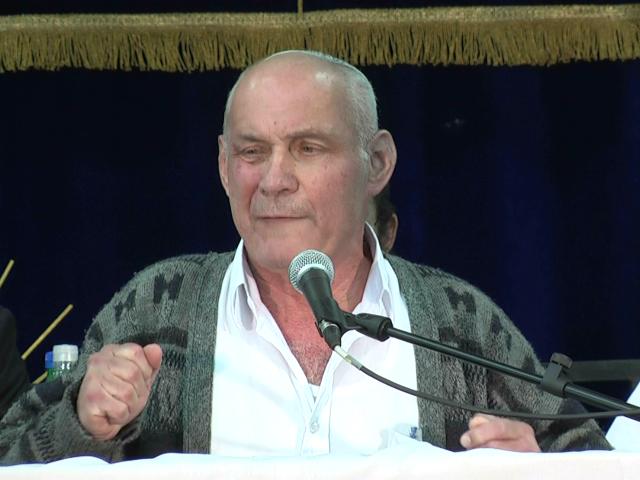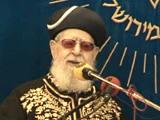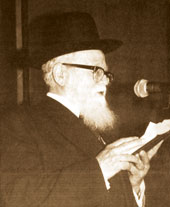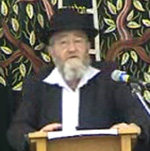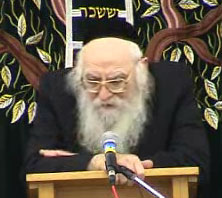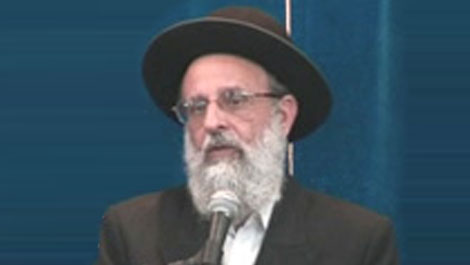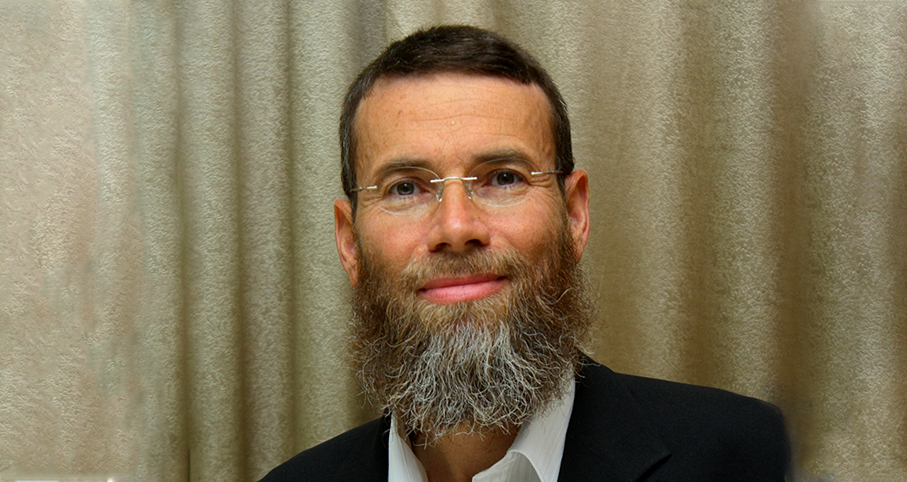Beit Midrash
- Torah Portion and Tanach
- Shmot
- Va'era
- Sections
- Chemdat Yamim
- Parashat Hashavua
Therefore, at the second communication at the burning bush, Hashem equipped Moshe with tools, the staff and the miraculous signs, to convince Paroh and the nation. In the first stage, Bnei Yisrael believed based on the signs, which reached their height at the splitting of the sea. The great miracles lead to the revelation at Sinai, where they heard Hashem speak, after which time their belief was based on the dibbur (speech). If we look at the text of Shemot, we see that before Sinai the Torah introduces Hashem’s speeches with "vayomer" (roughly, He said) and afterward it is with "vayedaber " (roughly, He spoke).
Let us now approach the thesis from other sources. After the giving of the Torah, Moshe’s staff disappears from the text, except for an appearance in Bamidbar. We can learn something from R. Yehuda’s break-up of the plagues that afflicted Egypt into three groups, represented by acrostics (detzach, adash, b’achav). The staff is involved in all of the first group’s plagues and in two of the last group. In the middle group, whose middle plague is dever (pestilence- the same letters as the word for speaking), the staff does not appear. Instead, the root davar appears in different forms, four times. Once it refers to the pestilence itself. Once it is going on the fact that Bnei Yisrael were not affected by the plague. Another time it refers to the thing that Hashem did in the land. The root also comes up in the manner of speech to Paroh (compare to Shemot 7:26). When speech is used or felt, the staff is not necessary.
Let us pray that our nation will be strengthened in its belief and will return to the level of belief that existed at Sinai. About this event, the Torah says: "I will come to you in the midst of the cloud so that the nation will hear when I speak to you (Moshe) and in you too they will believe forever" (Shemot 19:9).

